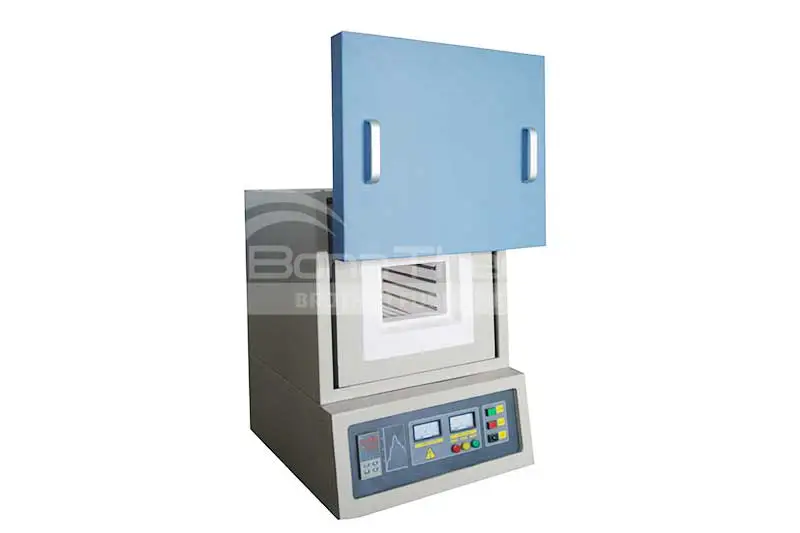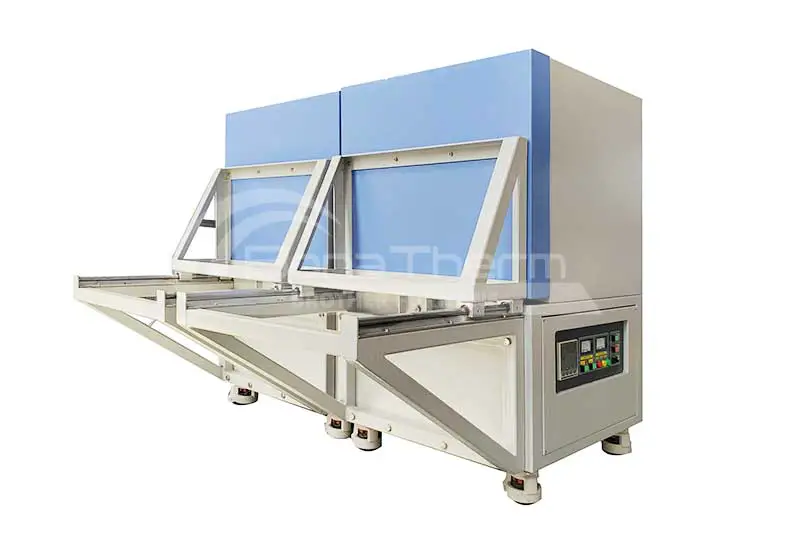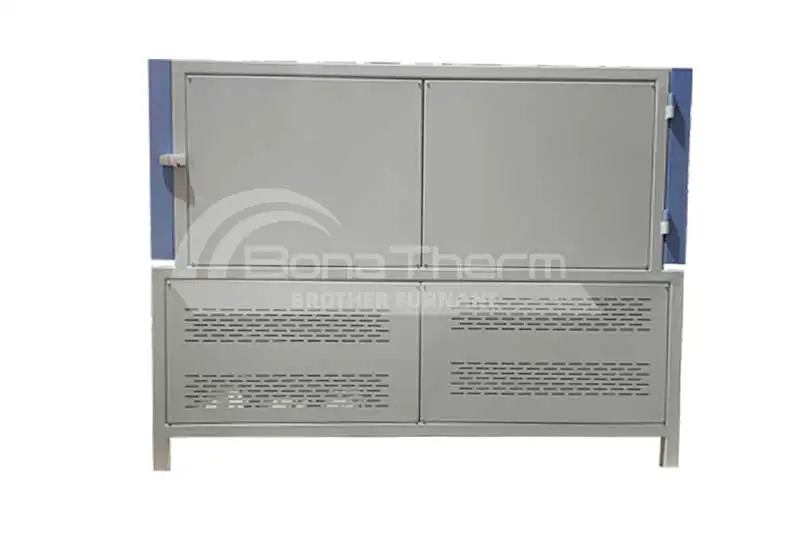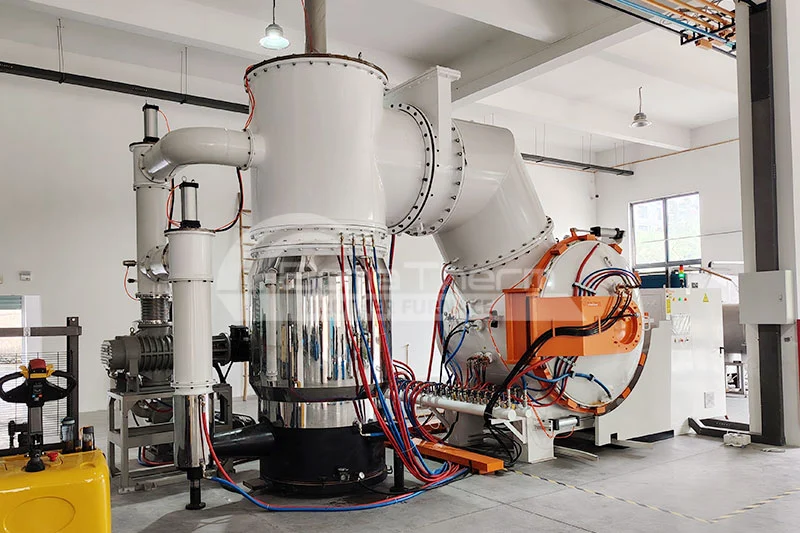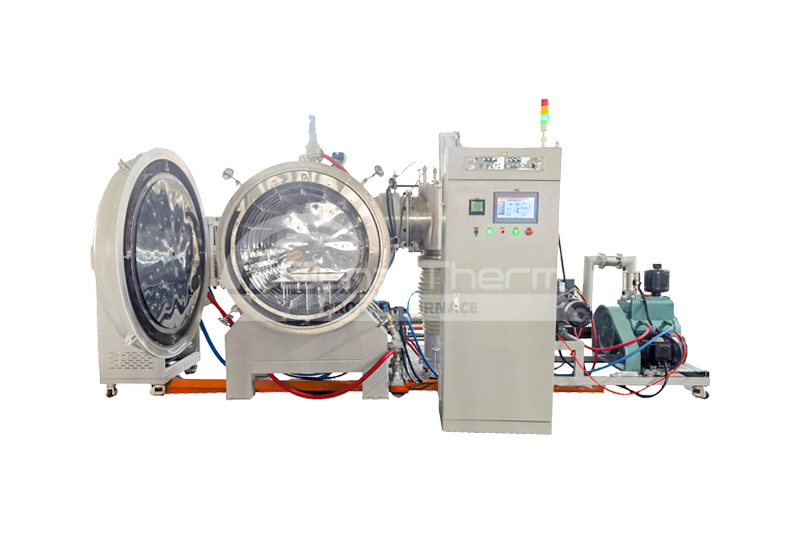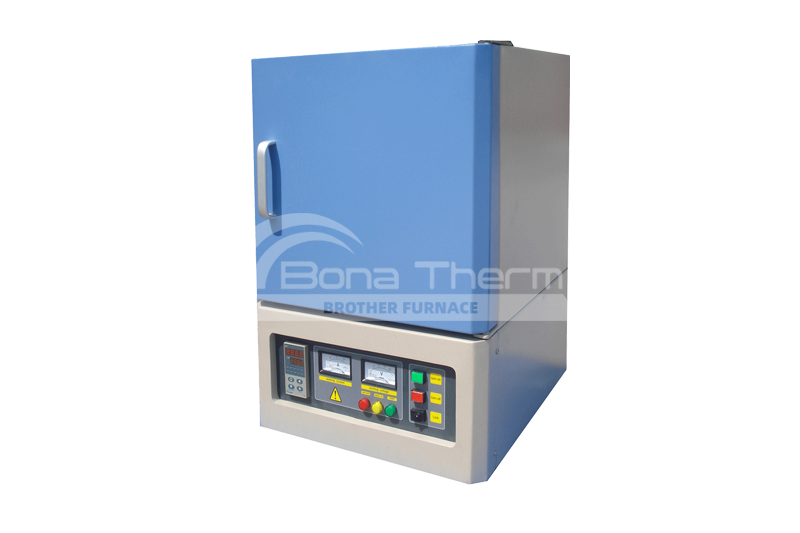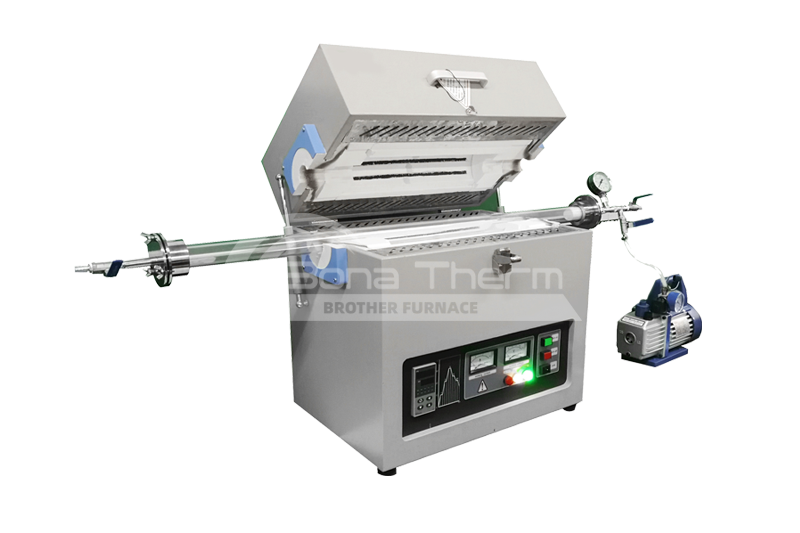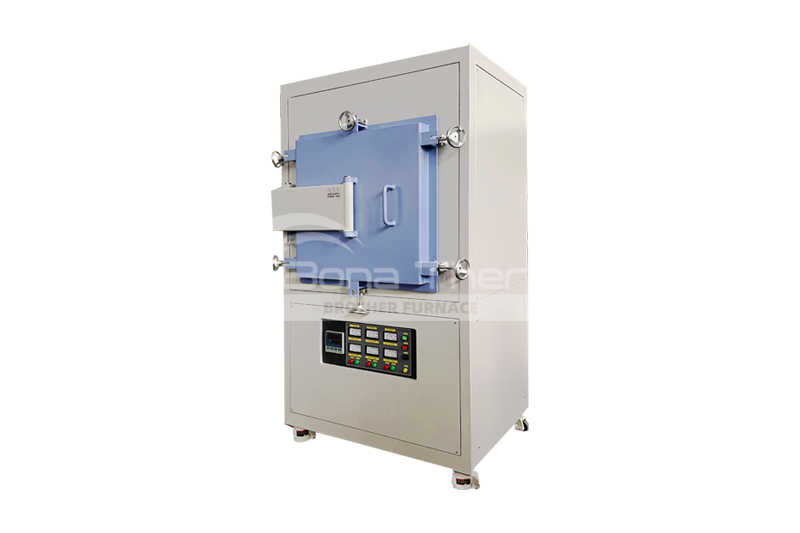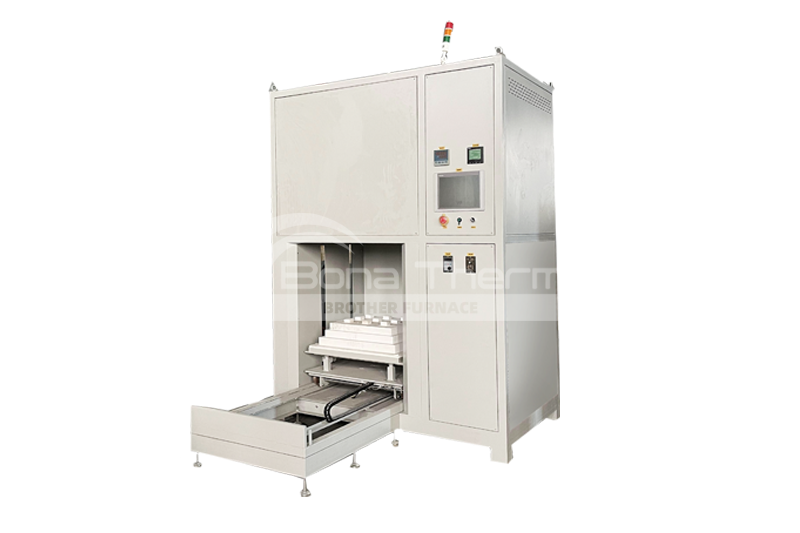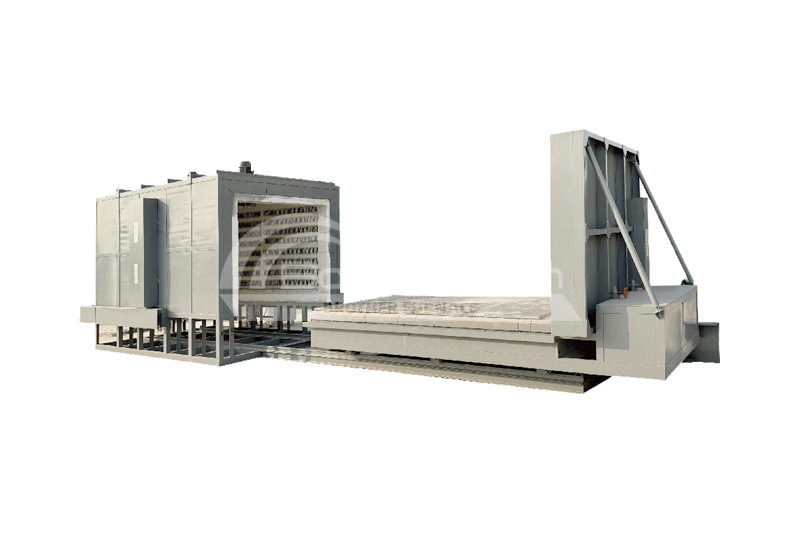How to Choose the Right Vacuum Furnace for Powder Metallurgy? 5 Key Criteria Guide
 BROTHER FURNACE
BROTHER FURNACE
 2025-05-07 00:28
2025-05-07 00:28
Powder metallurgy is widely used in the manufacturing of cemented carbides, magnetic materials, structural components, cutting tools, filter elements, and more. Its key advantages include high material utilization, precision part production, and suitability for mass production. Vacuum electric furnaces, particularly vacuum sintering furnaces, are among the most critical equipment in the powder metallurgy process. Selecting the right equipment not only determines product quality and density but also impacts production efficiency and costs.
So, how can you scientifically choose a vacuum sintering furnace that truly meets your process requirements? This article outlines five key criteria to systematically guide your selection process and cost-benefit analysis.
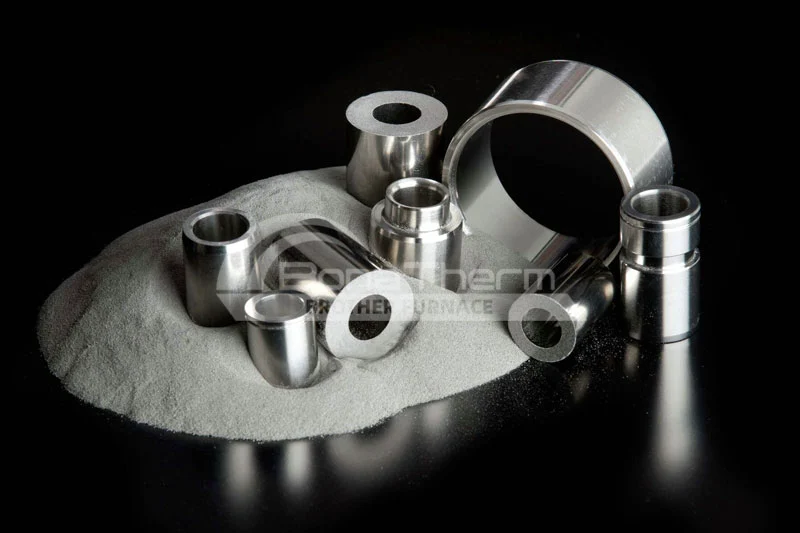
1. Maximum Temperature: The Primary Threshold for Material Compatibility
Different powder metallurgy materials require significantly varying sintering temperatures. For example:
Material Type | Recommended Sintering Temperature Range |
|---|---|
Iron-based powder | 1100–1300°C |
Stainless steel powder | 1250–1350°C |
Copper-based powder | 800–1000°C |
Hard alloy (such as WC-Co) | 1350–1450°C |
Refractory metals such as molybdenum and tungsten | 1600–2000°C |
When selecting a vacuum sintering furnace, ensure a temperature margin of at least 100°C above your typical process requirements. For high-temperature applications, opt for furnaces equipped with graphite heating elements and multilayer insulation structures, which can achieve temperatures exceeding 2000°C.
2. Heating Rate: Determining Production Cycle and Efficiency
Sintering production requires stability and cycle control. The heating rate of a vacuum furnace directly impacts the production cycle per batch. Standard laboratory vacuum furnaces typically achieve heating rates of 10–20°C/min, while medium or production-scale equipment should reach 20–40°C/min or higher.
Rapid heating not only shortens sintering time but can also enhance density in specific processes. However, excessive heating rates may induce thermal stress, necessitating programmable multi-stage heating profiles.
Key influencing factors include:
- Heating element type (e.g., silicon molybdenum rods, silicon carbide rods, graphite heaters, molybdenum heating strips)
- Furnace chamber insulation structure
- Control system performance
Selection recommendation:
Prioritize programmable temperature control systems (e.g., PLC + touchscreen) and zoned heating control capabilities to optimize heating rates while mitigating thermal stress risks.
3. Temperature Uniformity: Ensuring Density and Dimensional Stability
High-quality vacuum sintering furnaces should feature:
- Multi-zone temperature control systems (top/bottom, left/right, front/rear zones)
- Real-time temperature monitoring via multiple thermocouples
- High-purity graphite felt or multilayer carbon felt reflective layers
- Premium equipment can achieve temperature uniformity within ±5°C, ideal for high-precision component sintering.
Factors affecting temperature uniformity:
- Furnace structure (e.g., presence of multi-zone control)
- Insulation materials (e.g., ceramic fiber, lightweight bricks)
- Hot air circulation design (e.g., fan-equipped chamber furnaces)
Selection recommendation:
Choose furnaces with multi-point temperature monitoring and optimized insulation structures. For applications requiring extreme precision (e.g., metal injection molding parts, electronic components), opt for fully automated multi-zone control furnaces.
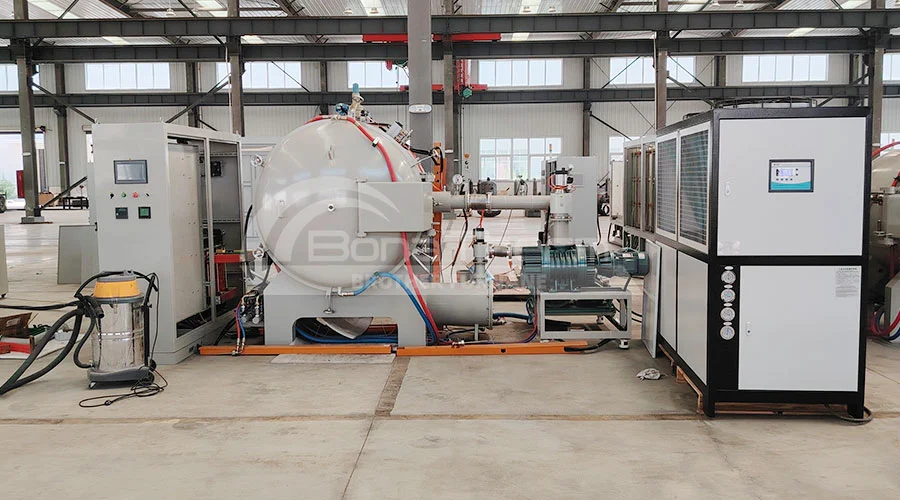
4. Vacuum Level and Atmosphere Control: Impact on Quality and Purity
A core advantage of vacuum sintering lies in providing low-oxygen, low-pressure, or specific atmosphere environments to prevent oxidation and improve material purity and microstructure density.
General vacuum sintering furnaces should meet the following vacuum performance standards:
- Ultimate vacuum: ≤ 1×10⁻³ Pa (using diffusion/molecular pumps)
- Working vacuum: ≤ 1×10⁻² Pa (using mechanical or Roots pumps)
- For materials sensitive to atmospheres (e.g., carbon-containing powders, Ti alloys), ensure the furnace supports:
- Precise switching between argon, nitrogen, and hydrogen atmospheres
- Dynamic gas flow control
- Gas purification systems and safety mechanisms
Selection recommendations:
For advanced applications (e.g., cemented carbides, titanium alloys), choose high-vacuum graphite-heated furnaces.
For oxidation-sensitive materials without strict vacuum requirements, select atmosphere-controlled furnaces (with flowmeters and gas switching).
For conventional materials (e.g., iron-based or copper components), standard air furnaces may suffice.
Additionally, evaluate door sealing integrity, vacuum pump configurations (e.g., oil diffusion pumps, Roots pumps), and gas purity assurance capabilities.
5. Energy Consumption and Maintenance: Long-Term Cost Considerations
Vacuum furnace energy costs primarily derive from heating, vacuum, and cooling systems. Energy-efficient designs significantly impact operational costs over extended use.
Key considerations:
Availability of segmented power control and program optimization
Use of low-thermal-conductivity composite insulation layers
Vacuum pumps equipped with oil mist filters and cold traps
Standardized modular designs for heating elements and thermocouples to simplify maintenance
Decision Tree for Selection (applicable to most powder metallurgy processes):
Vacuum sintering required?
→ Yes: Proceed to vacuum furnace selection.
→ No: Consider atmosphere chamber or tube furnaces.
High-temperature sintering (e.g., WC, TiC, Mo)?
→ Yes: Select high-temperature vacuum furnaces (1600–2000°C).
→ No: Standard vacuum furnaces suffice.
Atmosphere control (e.g., H₂/Ar) required?
→ Yes: Choose multi-atmosphere vacuum furnaces.
→ No: Standard models are adequate.
R&D or mass production?
→ R&D/Lab: Small vacuum tube furnaces.
→ Mass production: Chamber/continuous vacuum sintering furnaces.
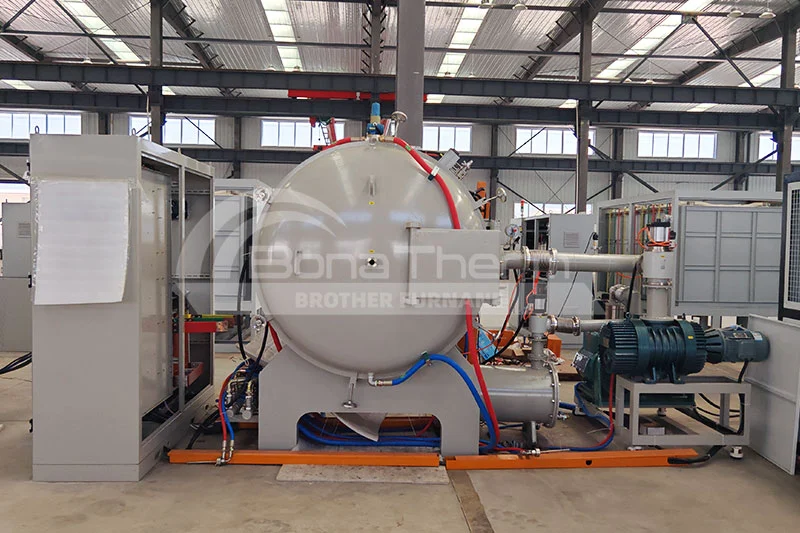
6. Conclusion
In powder metallurgy, selecting the right vacuum furnace requires not only evaluating technical specifications but also comprehensively assessing material systems, process requirements, and production capacity planning. Brother Furnace, as a professional vacuum furnace manufacturer, offers customized solutions ranging from R&D-grade to industrial-scale vacuum sintering furnaces, helping customers improve yield rates, control costs, and enhance competitiveness. Contact us for detailed selection guidance and technical proposals.

